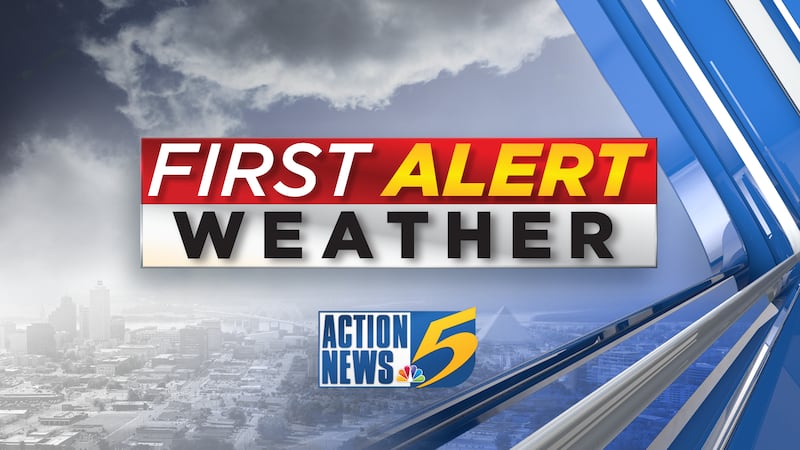Why bridges & overpasses freeze first
MEMPHIS, Tenn. (WMC) -When driving over a bridge you might notice the sign that says, “Bridge Ices Before Road”. You may have wondered why this is the case.
The cold wind blows both over and under the bridge or overpass, so it is losing heat from both sides, unlike roads on the ground who have heat trapped below the road and only loses the heat from just one side. It is able to cool above and below.
Bridges really have no way to trap the heat, so it will freeze quicker and reach the same temperature as the air temperature outside.
Roads are mainly made of asphalt, which is a poor conductor of heat, and that lessens the rate of heat loss, meaning the road will stay above freezing for longer.
The main thing to take away is that bridges will usually follow the air temperature very closely. If the air temperature falls below freezing, then you should assume the bridge is below freezing.
Rain or snow will freeze and stick to the bridge. When that occurs, transportation departments advise motorists to slow down when approaching a bridge or overpass in cold weather.
You often cannot see black ice because the clear ice forms on the dark roads. This is especially true at night when visibility is even lower.
If you feel your car “floating” on the road, you should gradually slow down to maintain control of your vehicle. Never slam on your breaks because this can cause you to lose control of your car.
Copyright 2022 WMC. All rights reserved.
Click here to sign up for our newsletter!
Click here to report a spelling or grammar error. Please include the headline.








